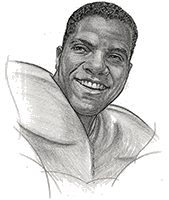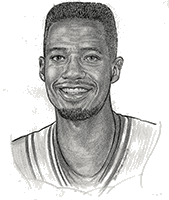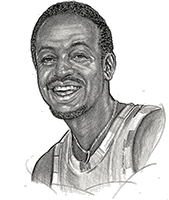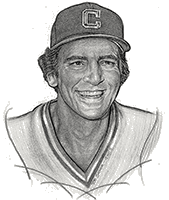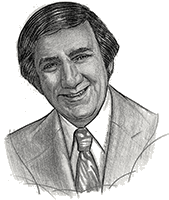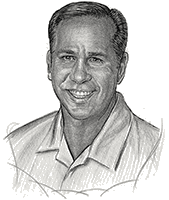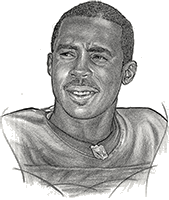Playing for the awesome Cleveland Browns teams of 1947-1953 which produced seven players and a head coach now enshrined in the NFL Hall of Fame, he was one of the very best. An All-American tackle at Ohio State, he became the first African-American player signed by an All-American Football Conference team when Paul Brown recruited him for his new Browns team in 1946. Despite weighing barely 215 pounds he became an immediate starter both on the offensive and defensive line. But it was his lightning quickness and devastating tackling as a middle guard that elevated him above the pack. And it was those skills which he combined to create his signature play, one which deserved a permanent niche on the positive-side list of sports memories forever emblazoned in the minds of Cleveland’s long-suffering sports fans, opposite “The drive,” “The Fumble,” and “the Shot.” “The Tackle” took place on the afternoon of December 17, 1950 in the final quarter of the NFL American Conference championship game between the Browns and the New York Giants. With Cleveland clinging to a fourth quarter 3-0 lead, the Giants Choo-Choo Roberts broke into the open from the Browns’ 36 and seemed headed for a decisive touchdown when suddenly Willis flashed into the picture. Gaining ground with every step, he caught Roberts from behind at the four, paving the way for an 8-3 victory and a conference title which enabled the Browns to move on to capture the NFL championship in their first season in the league. It may have been the best of many incredible feats that were to earn him selections to three All-AAFC and four All-NFL teams, to play in three NFL Pro Bowls, to help his teams to four AAFC and one NFL title and propel him into the NFL Hall of Fame in 1977.
Deceased 2007

